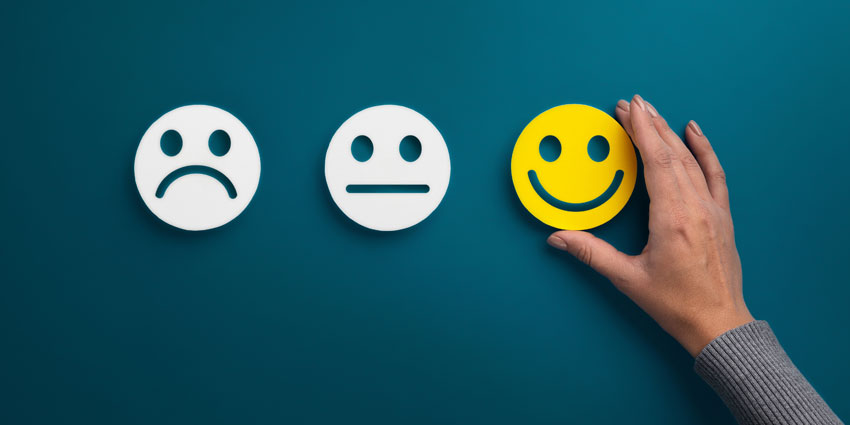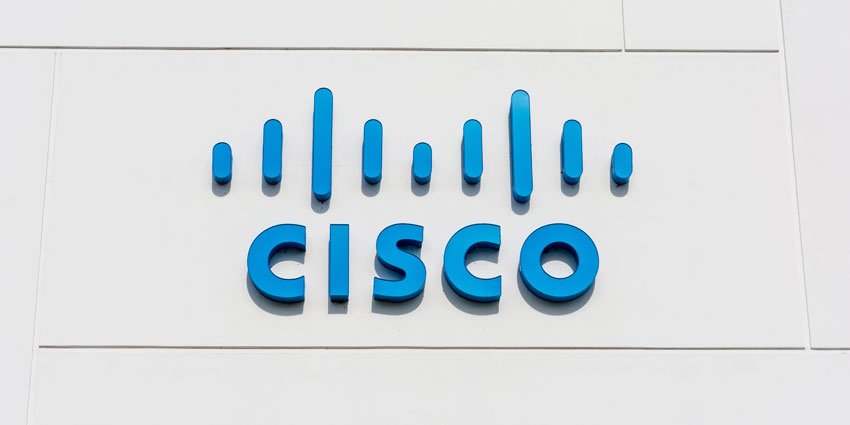Americans overwhelmingly prefer human interaction when it comes to CX, a new study by TCN has revealed.
The company released the results of its inaugural ‘Consumer Insights about Customer Service’ survey, conducted by OnePoll that found Americans would rather interact with a live person when dealing with customer service centres.
Furthermore, when waiting to speak to a customer service representative by phone, they are willing to wait on hold for six minutes on average, but the average actual wait time is three times longer, averaging 17.4 minutes.
The survey also finds companies that prioritize good customer service are likely to be rewarded by consumers with increased brand loyalty and positive online reviews.
In the survey, nearly 7 in 10 respondents (69%) said talking to a live agent by phone is one of their top three preferred methods of communication with a company’s customer service department; 5 in 10 (54%) said email; 4 in 10 (46%) said an online chat with a live agent. When asked to pick the top three most important qualities of a customer service agent, 60% selected “willingness to help;” 60% chose “ability to solve my issue;” and 58% indicated “knowledge about the product or service.” Fifty-four percent said either “pleasant to talk to” or “having a compassionate attitude.” By age groups, Millennials (18-24) value a compassionate attitude (28%) twice as much as Baby Boomers (57-75) (13%).
Americans are willing to wait on hold, but not for long. When calling a company’s customer service department, Americans said they are willing to wait on hold for six minutes, but the actual wait time on average is three times longer. One-third (34%) said they’re willing to wait on hold between five to seven minutes, an average of six minutes overall, with women (15%) twice as likely as men (8%) to be willing to wait 10 minutes or longer. However, the average actual wait time on hold is 17.4 minutes, with 2 in 3 (62%) saying they’ve waited on hold longer than 10 minutes and nearly one-quarter (23%) saying they’ve waited on hold for 30 minutes or longer. Women are more patient — they’re twice as likely (31%) as men (13%) to wait on hold more than 30 minutes.
In the survey, consumers said they are likely to reward companies with good customer service with increased brand loyalty and positive online reviews. After a positive customer service experience, 3 in 10 (33%) said they post an online review. Conversely, after a poor customer service experience, 4 in 10 (42%) said they have posted an online review, with Gen Z (18-24) consumers the most likely to post a review after a poor experience (65% are somewhat likely and very likely). Younger Americans are also more likely to abandon a brand after a poor experience — 65% of 18-24 and 61% of 25-40 said very or somewhat likely; only 33% of 41-56 and 19% of 57+ said very likely or somewhat likely.
Other key findings include:
- CX is quite good: When asked for an adjective when hearing the term “customer service,” 65% provided positive words, like knowledgeable, helpful, caring and sincere; only 14% provided adjectives that were negative in connotation
- Accessibility is key: When asked about the most important features when contacting a company’s customer service department, 55% said “easy to get through to a live agent” and 52% said “available 24 hours/day”; 41% said “a website chat with a live agent;” 40% picked “multiple options for communicating” (i.e., by text, email, etc.)
- Biggest fear is going back to the start: When asked to name the top three frustrations when calling a company’s customer service department, Americans are frustrated by inefficient customer service that wastes time — 68% said “waiting on hold for a long time and then getting disconnected and having to start all over again;” 64% said “having to talk to several people/departments to get an issue resolved;” 59% said “the amount of time it will take to get my issue resolved”
- Calling back: If there is a long wait time when calling a company’s customer service department, call backs from a queue are preferred; 37% said they would prefer to be put in a queue and called back when an agent is available; 24% would continue to wait on hold; 20% would hang up and try another time
- Most are satisfied with healthcare firms: More than 6 in 10 (64%) said they were extremely or somewhat satisfied when contacting healthcare organizations (hospitals, doctors offices, labs, therapists, insurance, etc.); 1 in 10 (10%) said they were somewhat or very dissatisfied. When contacting financial institutions (banks, student loan organizations, mortgage companies, car loans, etc.), nearly 7 in 10 (68%) are extremely or somewhat satisfied; less than 10% (8%) are somewhat or extremely dissatisfied
- Cable and wireless: Cable and wireless companies need to do a lot better in their customer service. When asked “what company is the worst to get a hold of for customer service?,” respondents named companies or organizations in the cable & wireless industry (43%), state and federal government agencies (23%) and banks/financial services (8%)
- Text notifications: Among notifications by text messages currently received by respondents, the three most popular are weather updates; notices of deliveries or to pick up an order at a store; and banking/account balances/bill pay
- Unknown number most likely caller: One-third (30%) said they receive between 6-10 phone calls from an unknown number each week; more than one-third (35%) said they receive more than 10 phone calls each week; nearly 10 percent (8%) said they receive 21 or more phone calls each week
- Stranger danger: One-half said if they don’t know who’s calling, they are unlikely to pick up. Fifty percent are very unlikely and somewhat unlikely to answer a phone call from an unknown number; women (58%) are much more unlikely than men (39%) to answer a call from an unknown number
- Keeping cards close to their chests: When providing private or sensitive information, like a credit card number, account number, social security number, etc., over an automated phone system, 41% said they will only give information to a live agent or they never provide that kind of information over the phone; 38% said they enter the number in the keypad
McKay Bird, chief marketing officer at TCN, said: “Our survey provides a detailed look at consumers’ attitudes about dealing with customer service and contact centres. The results clearly show that, despite the ubiquity of technology in our daily lives and the automation of many business processes, you can’t take people out of customer service.
“The survey also uncovers key trends about what consumers want most from customer service centres and insights about what doing a good job specifically looks like. Although contact centres have come a long way over the past three decades, there’s still room for improvement, and our survey highlights several key areas on which to focus.”
Polling took place between May 14-21, 2021. Feedback was obtained from 1,000 U.S. adults.






